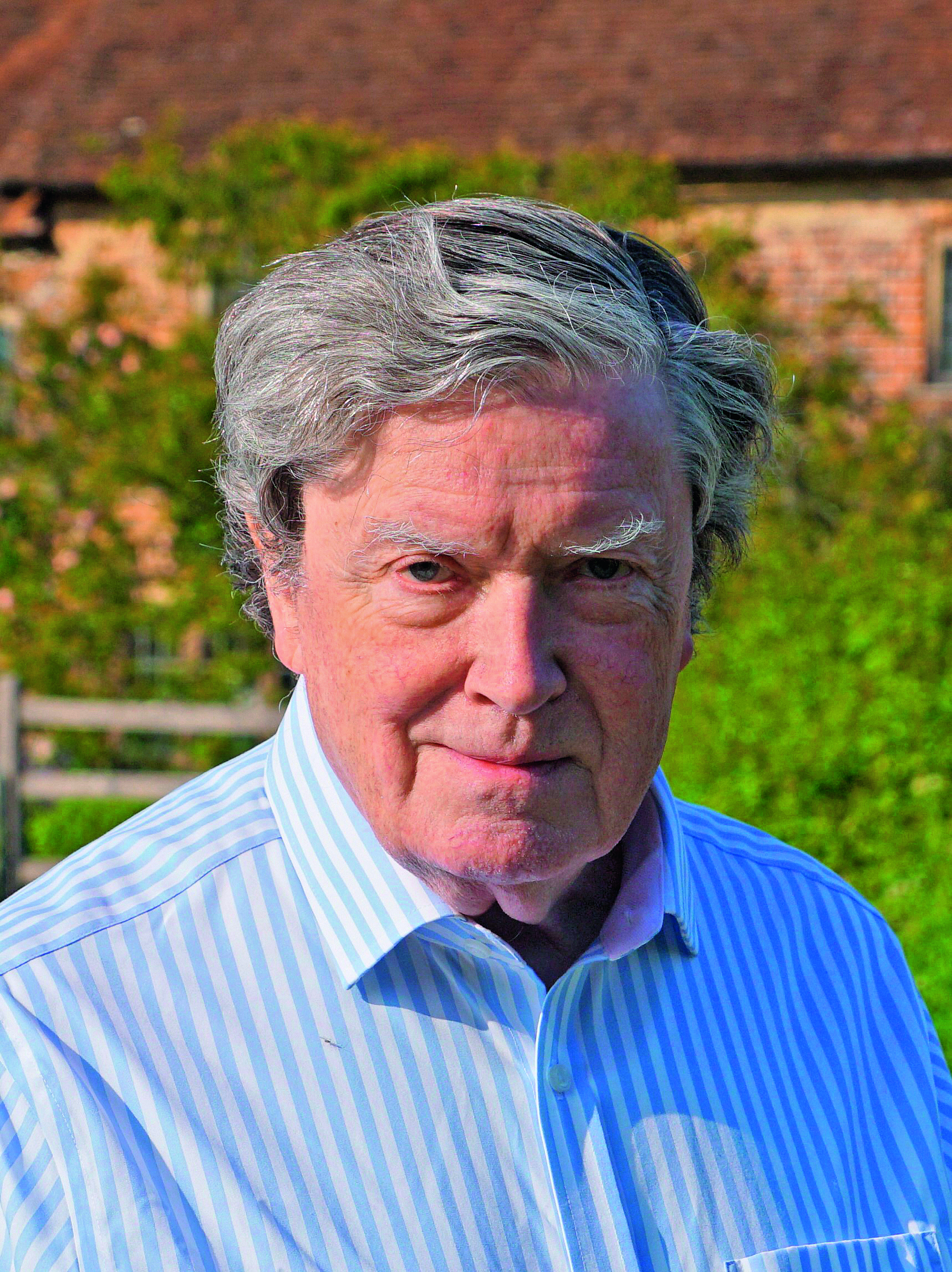Charles Quest-Ritson: The 'devastating consequences' when two of Britain's greatest-ever gardeners met for afternoon tea
A single meeting between Graham Stuart Thomas and Gertrude Jekyll shaped the career and thinking of the 'greatest gardener ever', says Charles Quest-Ritson. But at what cost?

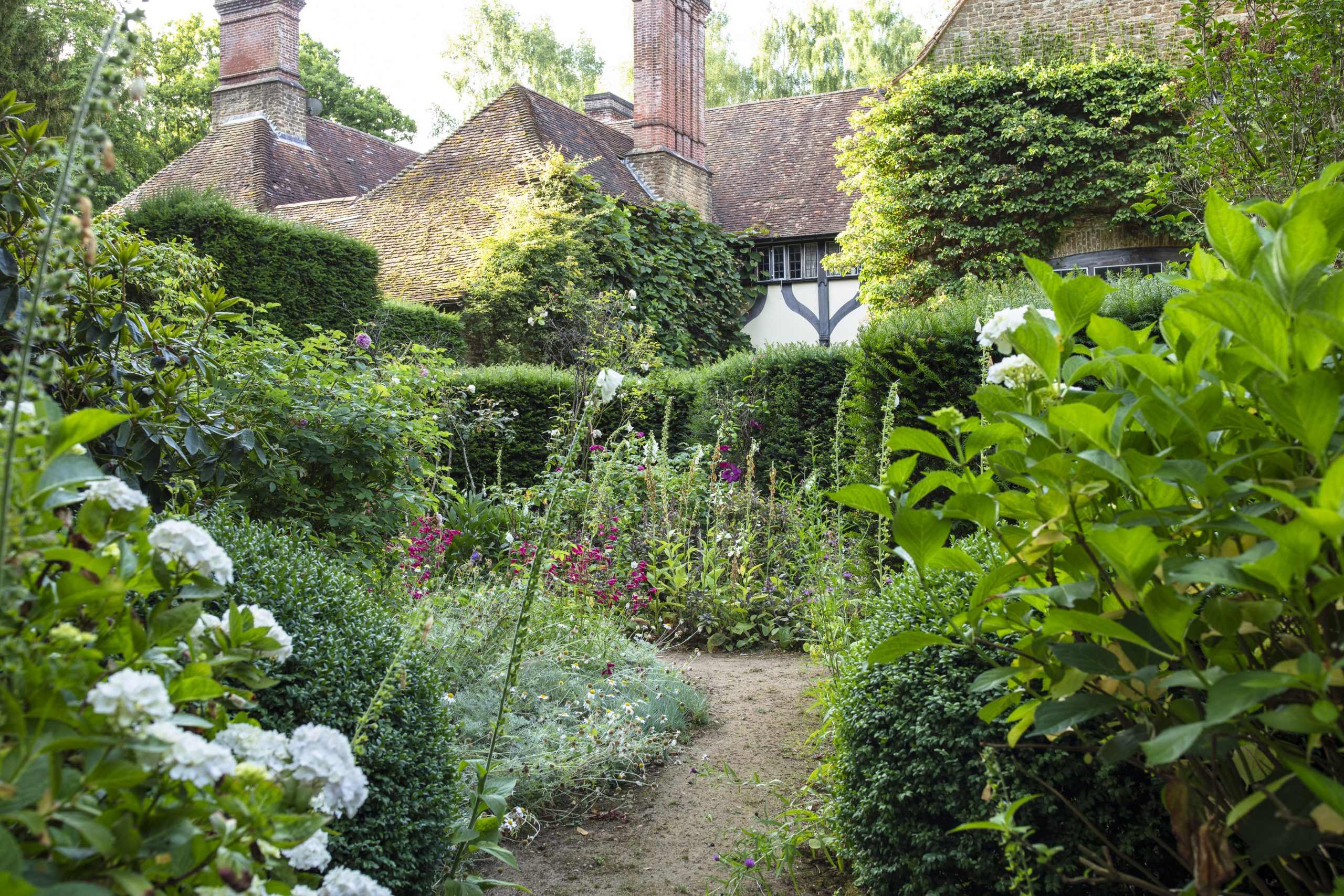
Graham Stuart Thomas — perhaps the greatest gardener ever — was for many years gardens adviser to the National Trust. It was not his only career, because he started his working life as a nurseryman and ended it as the author of many of our most influential books about plants and gardens. But his work for the Trust established the principles by which some 120 gardens were planted, managed and enjoyed. He would have been thrilled to learn that the Trust recently acquired Munstead Wood.
Thomas left home in Cambridge in 1931 to work for a nurseryman in Chobham. One weekend, soon after his arrival in Surrey, he cycled over to Munstead Wood, near Godalming, to visit Gertrude Jekyll, who had for more than 30 years been England’s best-known gardener. Enthusiasm, knowledge and energy are attractive qualities. Jekyll liked young men who exhibited these attributes and she treated Thomas with kindness. She bade him look around by himself, pick a piece of any plant that he wished to talk about and come back to the house for tea.
Thomas was completely enthralled by Jekyll’s main flower border, 200ft long, where the colours moved from cool to strong and back to cool again at the far end — its solidity bolstered by shrubs, architectural evergreens and tender plants in pots plunged into the ground to carry the composition through from midsummer to late September. He had never seen anything like it before. Jekyll’s border had been 40 years in the making, constantly refined and replanted as she assessed and exploited all the ornamental possibilities of every plant she grew.
"Seldom has a young man spent a couple of hours in the company of an 87-year-old English gentlewoman with such devastating consequences'
Thomas took with him to Munstead Wood some photographs of two lilies, then rather rare, growing in his parents’ garden in Cambridge — Lilium cernuum and L. nobilissimum — hoping, no doubt, to impress Jekyll. She was not impressed at all, nor even very interested. Her young visitor felt somewhat deflated, but he came to realise that this was because Jekyll was principally interested in plants for their artistic potential, for composing pictures with them, using colours, shades, tones, forms, shapes and seasons to create a constantly changing, but ever-satisfying series of garden effects. Mere rarity meant nothing to her.
Thomas was mesmerised by his encounter with the grand old lady of English gardening, her mellow voice and the wisdom of her comments on the pieces of plants he brought in for her to identify — so mesmerised, indeed, that, when he tried to write down the details, he could not remember what sort of jam they had had for tea.
His visit to Munstead Wood was a turning point in Thomas’s career. He had hitherto been a plantsman through and through, with no concern for artistic effects beyond considering the space and position needed for plants to grow away well. His encounter with his hostess — his only encounter with her — assumed great importance when he reflected on how his life had developed: he had known Gertrude Jekyll.
It was a point he made time and again. It underwrote his own career — he looked back and saw the encounter as a meeting of crucial significance. He was the last apostle who had met her — he had had tea with her — and Jekyll had worked for so many late-Victorian and Edwardian clients when British gardening was at its most opulent and sophisticated. Right to the end of his life, he would say to new acquaintances in the gardening world: ‘Take my hand… you are only one handshake away from Gertrude Jekyll.’
Exquisite houses, the beauty of Nature, and how to get the most from your life, straight to your inbox.
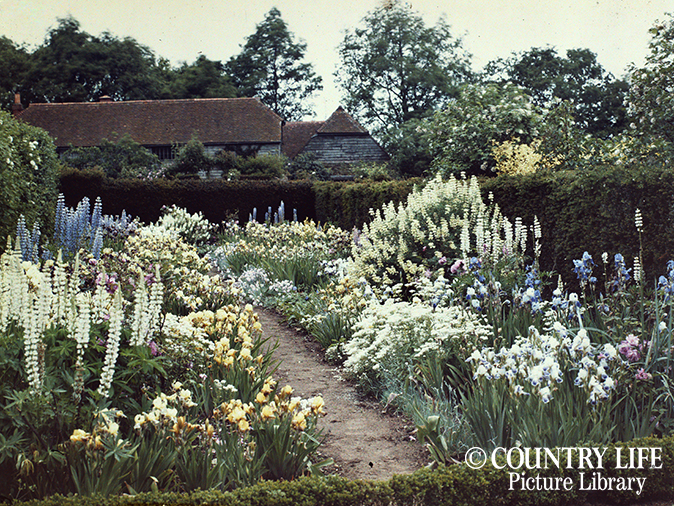
Thomas’s visit to Munstead Wood awakened the artist in him. Henceforth, he would always endeavour to use plants as elements of an overall plan — designing for beauty. He realised, too, that plantings needed constant review to polish and perfect their composition. The visit assumed ever greater significance when Thomas applied Jekyll’s principles to the gardens he managed for the Trust. Her style of gardening was the ‘good taste’ that the Trust needed to demonstrate in its gardens.
There was another significant result from the encounter: Thomas’s domination of English horticulture, through his books and his Trust gardens, gave a new lease to Jekyll’s ‘Surrey school’ of gardening. It ensured that English gardening was dominated, at least until the end of the 20th century, by her way of planting for colours and shapes.
It delayed the development in England of the new styles that became popular after the Second World War in Germany, the Netherlands and the US. For Thomas was not a Modernist. He considered many of the new gardens that emerged towards the end of his life as outlandish — he was particularly censorious of wacky designs and unsuitable materials — and he remained unwavering in his admiration for the older tradition of harmonious planting preached and practised by Jekyll.
Seldom has a young man spent a couple of hours in the company of an 87-year-old English gentlewoman with such devastating consequences for the subsequent development of taste and fashion.

How the 'greatest gardener ever' helped make British roses as we know them today
Charles Quest-Ritson, author of The RHS Encyclopedia of Roses, on Graham Stuart Thomas, how he nurtured British roses, and why
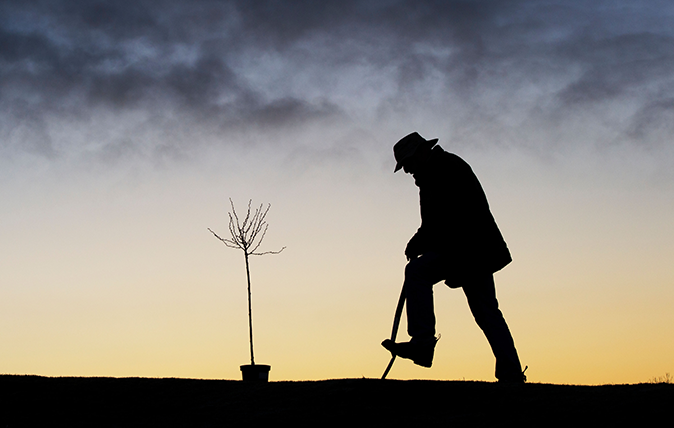
Credit: Alamy
Three gardening myths debunked by the ultimate guide: experience
Three gardening myths debunked by the greatest authority of all: Experience
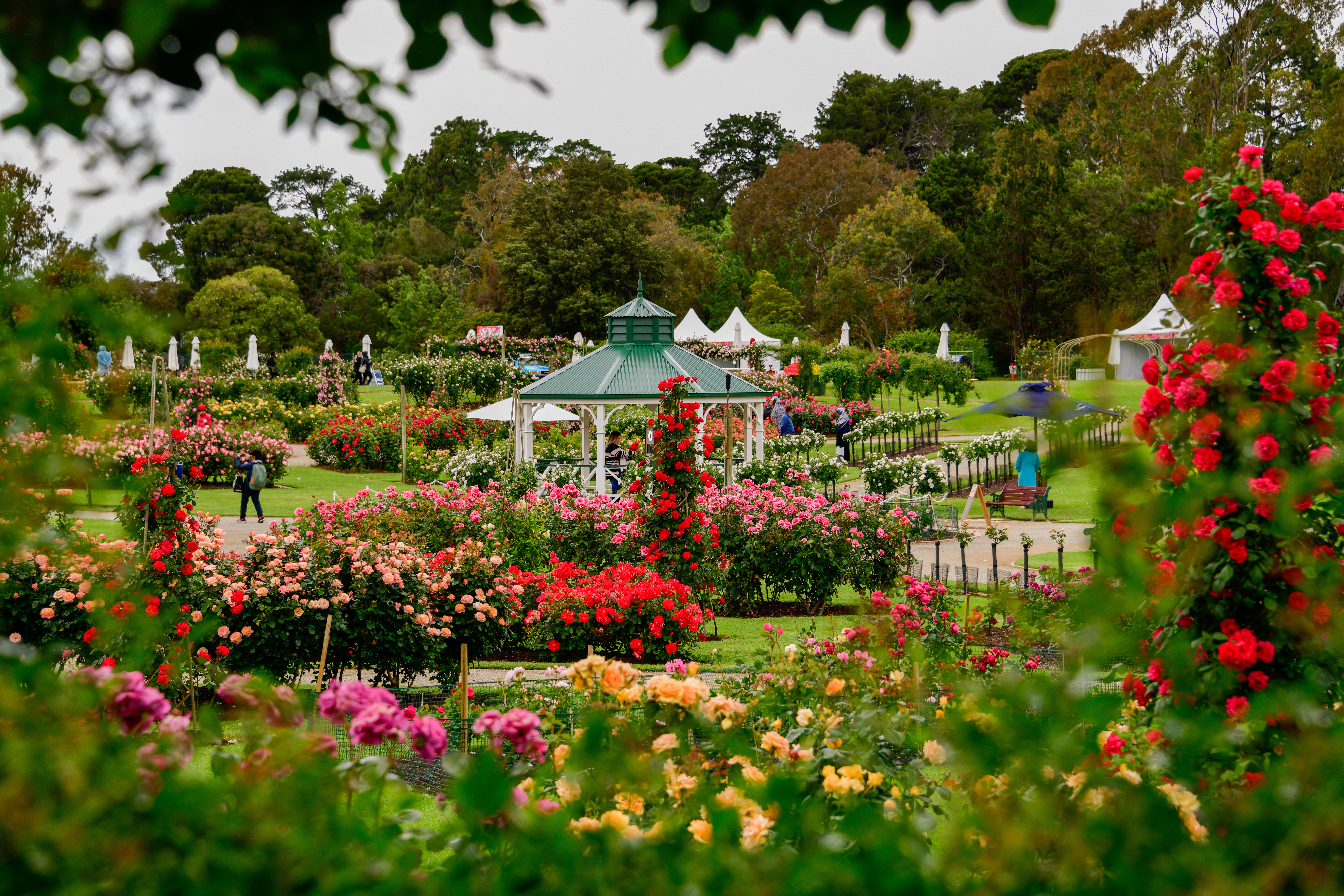
The place you'll find the world's best roses — and it's nowhere near Britain
Charles Quest-Ritson is man who literally wrote the book on roses — several of them, actually — but he'll openly concede
Charles Quest-Ritson is a historian and writer about plants and gardens. His books include The English Garden: A Social History; Gardens of Europe; and Ninfa: The Most Romantic Garden in the World. He is a great enthusiast for roses — he wrote the RHS Encyclopedia of Roses jointly with his wife Brigid and spent five years writing his definitive Climbing Roses of the World (descriptions of 1,6oo varieties!). Food is another passion: he was the first Englishman to qualify as an olive oil taster in accordance with EU norms. He has lectured in five languages and in all six continents except Antarctica, where he missed his chance when his son-in-law was Governor of the Falkland Islands.
